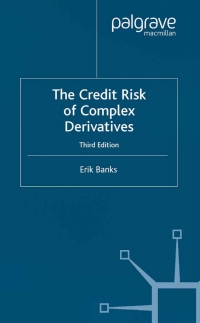

Chuck, a single taxpayer, earns $77,500 in taxable income and $12,600 in interest from an investment in City of Heflin bonds. (Use the U.S tax rate schedule.) Required: a. How much federal tax will he owe? b. What is his average tax rate? c. What is his effective tax rate? d. What is his current marginal tax rate? Complete this question by entering your answers in the tabs below. Req A Req B Reqc Reg D How much federal tax will he owe? (Do not round intermediate calculations. Round "Federal tax" to nearest whole dollar amount.) Federal tax Req A ReqB > Individuals Schedule X-Single If taxable income is over: But not over: $ 0 $ 9,950 $ 9,950 $ 40.525 $ 40,525 $ 86,375 $ 86,375 $ 164.925 $ 164,925 $ 209,425 $ 209,425 $ 523,600 $ 523,600 The tax is: 10% of taxable income $995 plus 12% of the excess over $9,950 54,664 plus 22% of the excess over $40,525 $14,751 plus 24% of the excess over $86,375 $33,603 plus 32% of the excess over $164,925 S47,843 plus 35% of the excess over $209,425 $157,804.25 plus 37% of the excess over $523,600 0 Schedule Y-1-Married Filing Jointly or Qualifying Widow(er) If taxable income is over: But not over: The tax is: $ $ 19,900 10% of taxable income $ 19.900 $ 81,050 $1,990 plus 12% of the excess over $19,900 $ 81,050 $ 172,750 59,328 plus 22% of the excess over $81,050 $ 172,750 $329,850 S29,502 plus 24% of the excess over $172,750 $ 329,850 $ 418,850 567,206 plus 32% of the excess over $329,850 $ 418,850 $ 628,300 595,686 plus 35% of the excess over $418,850 $ 628,300 $168,993.50 plus 37% of the excess over $628,300 Schedule Z-Head of Household If taxable income is over: But not over: $ 0 $ 14,200 $ 14,200 $ 54,200 $ 54,200 $ 86,350 $ 86,350 $ 164,900 $164,900 $ 209,400 $ 209,400 $ 523,600 $ 523,600 The tax is: 10% of taxable income 1,420 plus 12% of the excess over $14,200 56,220 plus 22% of the excess over $54,200 $13,293 plus 24% of the excess over $86,350 $32,145 plus 32% of the excess over $164,900 546,385 plus 35% of the excess over $209,400 $156,355 plus 37% of the excess over $523,600 Schedule Y-2-Married Filing Separately If taxable income is over: But not over: The tax is: $ 0 $9.950 10% of taxable income $ 9,950 $ 40,525 5995 plus 12% of the excess over $ 9,950 $ 40,525 $ 86,375 54,664 plus 22% of the excess over $40,525 $ 86,375 $ 164.925 $14,751 plus 24% of the excess over $86,375 $164.925 $ 209,425 $33,603 plus 32% of the excess over $164,925 $ 209,425 $ 314,150 547,843 plus 35% of the excess over $209,425 $ 314,150 584,496.75 plus 37% of the excess over $314,150








